Chrysanthemums, commonly known as “mums,” are among the most popular and widely cultivated flowering plants in the world. Renowned for their vibrant colors, diverse forms, and long-lasting blooms, chrysanthemums hold significant ornamental, cultural, and economic value. These flowers are cherished for home gardens, floral arrangements, landscaping, and special occasions, and they also play an important role in the floriculture industry.
The global production of chrysanthemums reflects both horticultural expertise and market demand. Understanding the countries that produce the most chrysanthemums provides insights into floriculture trends, export potential, and the economic impact of ornamental plants worldwide.
Chrysanthemums: An Overview

Chrysanthemums belong to the Asteraceae family, which also includes daisies and sunflowers. Originating from East Asia, particularly China and Japan, chrysanthemums have been cultivated for over 2,500 years and hold cultural significance in many countries.
Types of Chrysanthemums
- Disbudded or Single-Flower Chrysanthemums: Each stem produces one large bloom, commonly used in bouquets and arrangements.
- Spray Chrysanthemums: Multiple blooms per stem, ideal for decorative and garden purposes.
- Pompon Chrysanthemums: Small, spherical flowers popular in ornamental gardening.
- Florist Chrysanthemums: Grown commercially for the cut-flower industry.
Cultural and Economic Importance
- Ornamental Value: Widely used in landscaping, home gardens, and floral designs.
- Cultural Significance: Symbolizes longevity, honor, and celebration in countries like China, Japan, and Korea.
- Economic Importance: A major floriculture crop, generating significant income for producers and exporters globally.
Top Chrysanthemum-Producing Countries
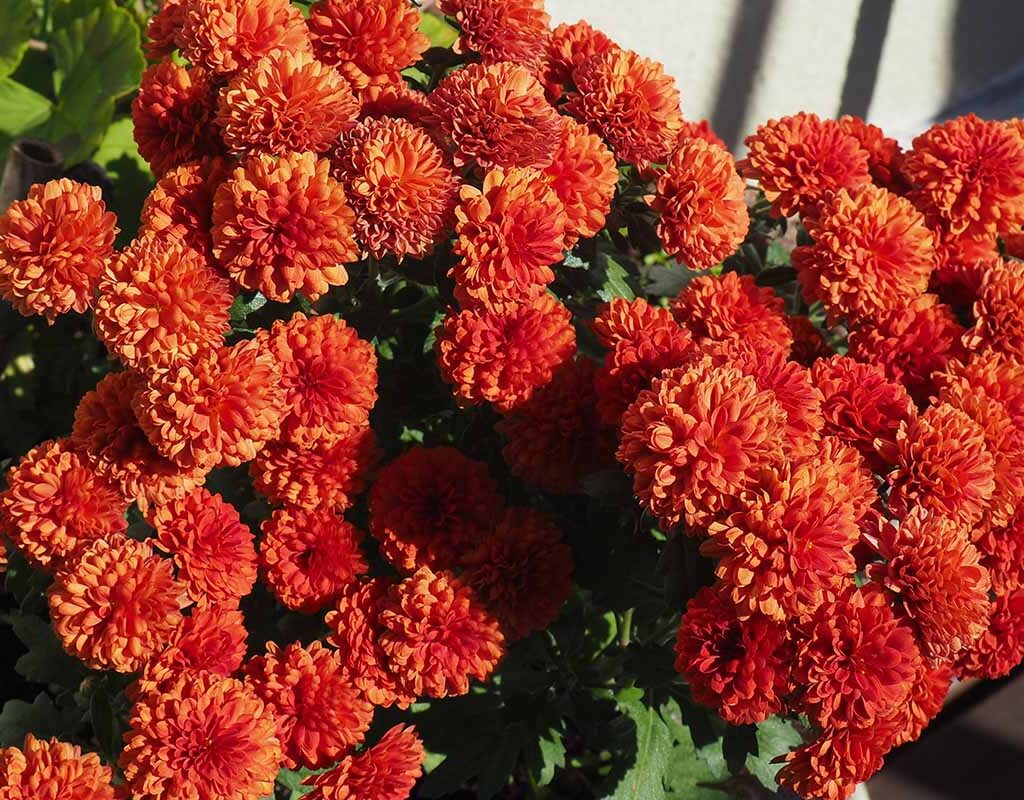
1. China
China is the undisputed leader in chrysanthemum production, with a long history of cultivation and advanced horticultural practices.
Production Highlights:
- Annual production: Over 2 million metric tons of cut flowers and potted plants.
- Major production regions: Zhejiang, Guangdong, Shandong, and Fujian provinces.
- Both traditional garden varieties and modern florist chrysanthemums are cultivated.
Agricultural Practices:
- Greenhouse cultivation ensures year-round production.
- Tissue culture and selective breeding are widely used to develop new colors, forms, and disease-resistant varieties.
Exports:
- Major export markets: Japan, Europe, the United States, and Southeast Asia.
- Products include cut flowers, potted plants, and dried flowers for traditional medicinal use.
Market Insights:
- China dominates both domestic and international markets due to large-scale production and technological advancements.
2. Japan
Japan is renowned for its chrysanthemums, especially for cultural and ceremonial purposes.
Production Highlights:
- Annual production: Approximately 300,000–400,000 metric tons.
- Key production regions: Shizuoka, Chiba, Tochigi, and Ibaraki prefectures.
- Focus on ornamental and exhibition chrysanthemums, including giant blooms and intricate cultivars.
Cultural Significance:
- Chrysanthemums are the national flower and a symbol of the Japanese imperial family.
- “Kiku Matsuri” (Chrysanthemum Festivals) celebrate the flower with exhibitions of meticulously cultivated varieties.
Exports:
- Japan exports cut flowers and potted chrysanthemums mainly to Europe and Asia.
- Some specialized varieties are marketed internationally as premium ornamental flowers.
Market Insights:
- Japan emphasizes quality and aesthetic value, with high investment in breeding, greenhouse technology, and pest control.
3. Netherlands
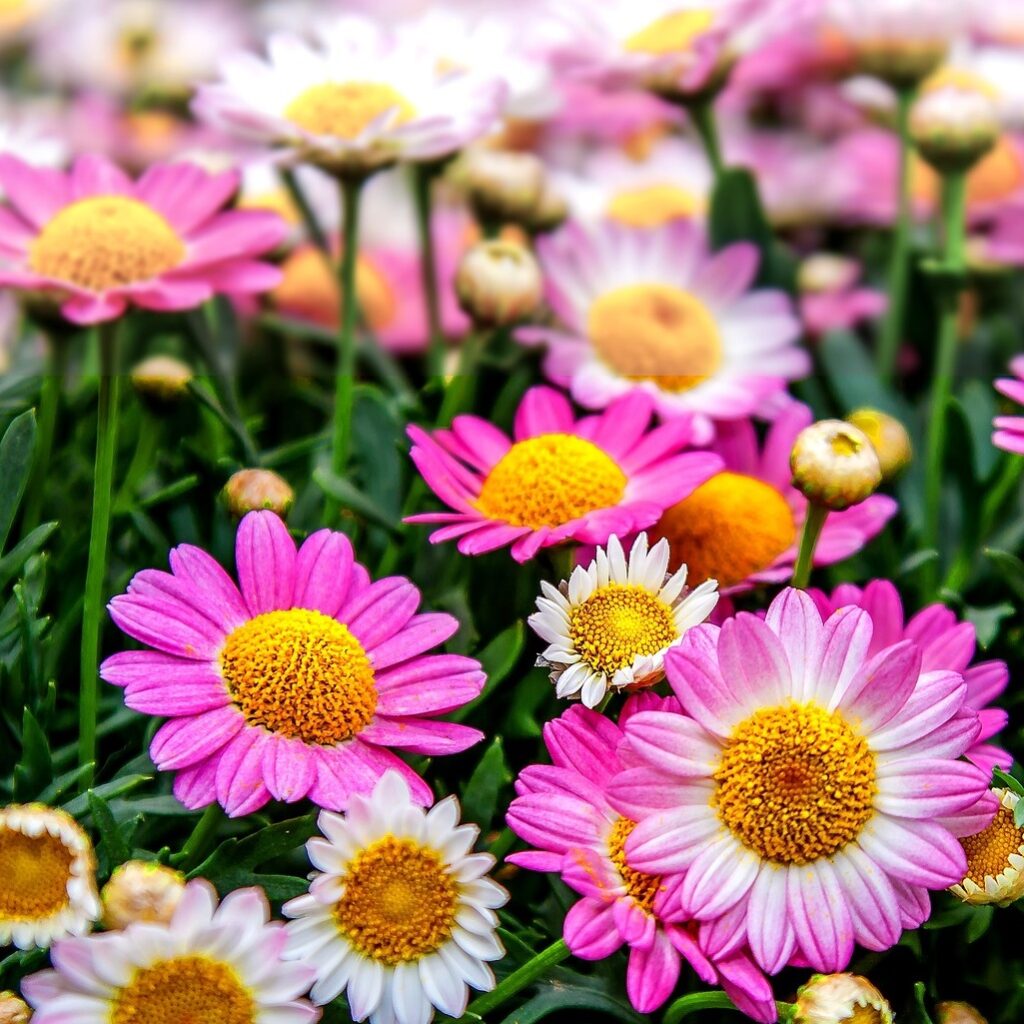
The Netherlands is a global hub for floriculture and a major exporter of chrysanthemums.
Production Highlights:
- Annual production: Around 150,000–200,000 metric tons of cut flowers and potted plants.
- Key regions: Aalsmeer, Westland, and Noord-Holland, which are central to the Dutch flower industry.
Agricultural Practices:
- Advanced greenhouse systems, hydroponics, and automated harvesting techniques.
- Dutch breeders develop new cultivars with improved shelf life, colors, and forms.
Exports:
- Major export markets: Germany, France, UK, Scandinavia, and other European countries.
- The Netherlands supplies a substantial portion of cut chrysanthemums to global floral markets.
Market Insights:
- Dutch floriculture focuses on export-oriented high-value flowers, leveraging logistics hubs like Aalsmeer Flower Auction for global distribution.
4. Colombia
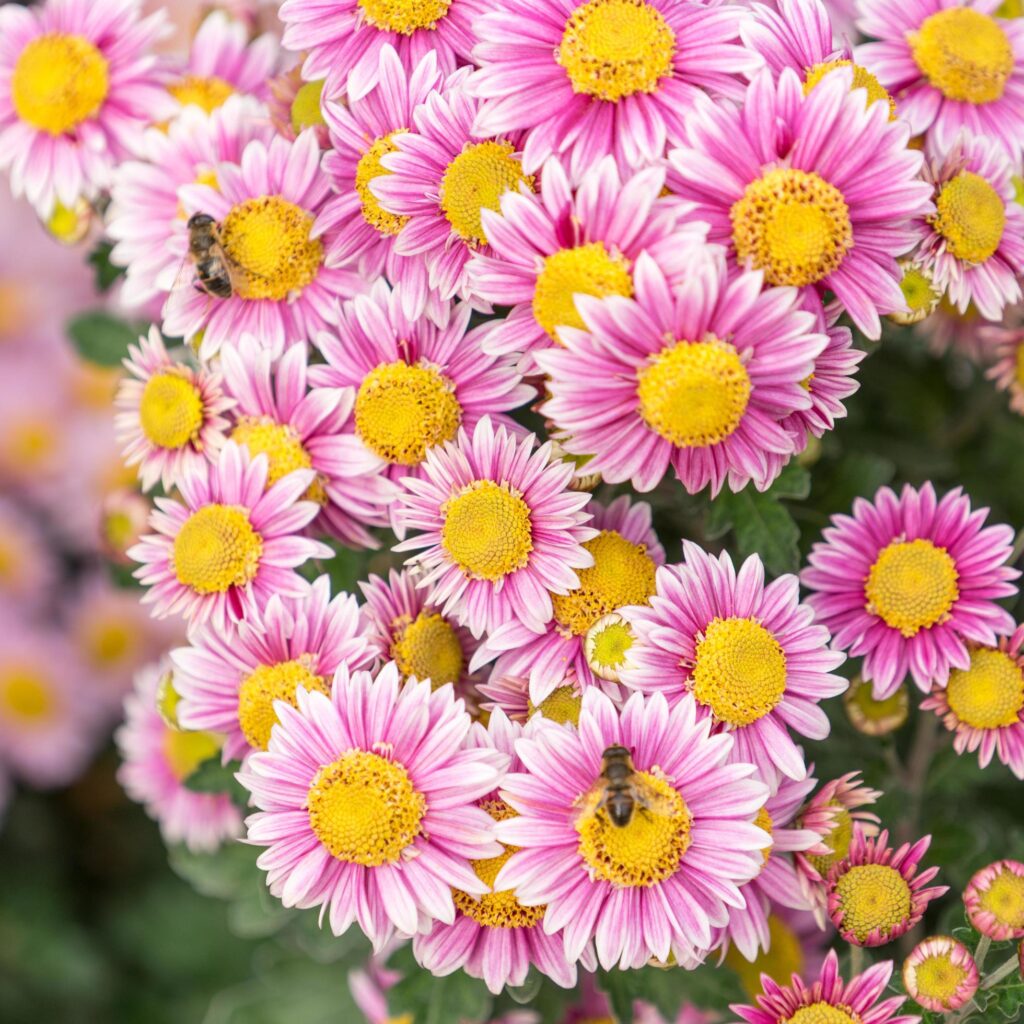
Colombia is a significant chrysanthemum producer in Latin America, particularly for cut flowers.
Production Highlights:
- Annual production: Approximately 100,000–120,000 metric tons.
- Key regions: Bogotá Plateau, Antioquia, and Cundinamarca.
- Chrysanthemums are grown mainly as cut flowers for export.
Agricultural Practices:
- Greenhouse cultivation and modern irrigation systems ensure year-round production.
- High-altitude conditions provide optimal growth and long stems.
Exports:
- Major export markets: United States, Canada, Europe, and Japan.
- Colombia is among the top global exporters of cut chrysanthemums.
Market Insights:
- Colombia benefits from favorable climate, proximity to the US market, and strong export infrastructure.
5. Kenya
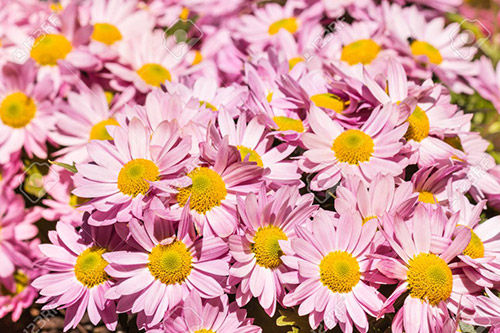
Kenya has emerged as a leading African producer of chrysanthemums for the cut-flower industry.
Production Highlights:
- Annual production: Approximately 80,000–100,000 metric tons.
- Key regions: Rift Valley and Central Highlands.
- Focus on cut flowers for international markets.
Agricultural Practices:
- High-altitude regions with moderate temperatures enable high-quality flower production.
- Modern greenhouses, drip irrigation, and integrated pest management are common.
Exports:
- Major export markets: Europe (Netherlands, Germany, UK) and the Middle East.
- Kenya exports chrysanthemums along with roses, carnations, and lilies.
Market Insights:
- The cut-flower industry is a major source of foreign exchange, employment, and rural development in Kenya.
6. Other Notable Producers
Several other countries contribute to global chrysanthemum production:
- United States: Produces chrysanthemums mainly in California and Florida for cut flowers and potted plants.
- Ecuador: Emergent exporter of cut chrysanthemums to North America and Europe.
- Italy and France: Focus on garden and exhibition chrysanthemums.
- India: Produces chrysanthemums for domestic markets and festivals, with growing export potential.
Global Chrysanthemum Trade Dynamics
Exports and Imports
- The Netherlands and Colombia dominate international cut-flower trade.
- Japan and China supply both ornamental and potted chrysanthemums.
- Imports are concentrated in Europe, North America, and Asia, where floriculture demand is high.
Market Trends
- Rising demand for ornamental plants, home gardening, and floristry drives global production.
- Seasonal events, festivals, and cultural significance boost chrysanthemum consumption.
- Value-added products, such as dried chrysanthemums for teas and herbal remedies, expand market potential.
Challenges in Chrysanthemum Production
- Pests and Diseases: Aphids, spider mites, powdery mildew, and leaf spot reduce yield and quality.
- Climate Sensitivity: Optimal growth requires controlled temperature, humidity, and light conditions.
- Labor-Intensive Practices: Harvesting, disbudding, and pruning require skilled labor.
- Market Competition: International trade demands consistent quality and packaging standards.
Future Trends in Chrysanthemum Production
- Sustainable Cultivation: Increased adoption of integrated pest management, organic fertilizers, and energy-efficient greenhouses.
- Technological Advancements: Automation in greenhouses, tissue culture propagation, and smart irrigation systems will boost production.
- Value-Added Products: Chrysanthemum teas, essential oils, and dried flowers for herbal remedies and cosmetics.
- Expansion of Export Markets: Emerging markets in Asia, North America, and the Middle East offer new opportunities.
- Breeding Innovations: Development of new colors, larger blooms, and longer-lasting varieties for ornamental and commercial purposes.
Conclusion
Chrysanthemums are among the world’s most cherished ornamental plants, combining aesthetic appeal, cultural significance, and economic value. The countries that produce the most chrysanthemums include China, Japan, the Netherlands, Colombia, Kenya, the United States, and Ecuador, each contributing unique varieties, cultivation expertise, and market-focused production to the global floriculture industry.
China dominates production by volume, supplying both domestic and international markets with garden and florist chrysanthemums. Japan emphasizes cultural and exhibition varieties, while the Netherlands and Colombia specialize in high-value cut flowers for global trade. Kenya’s production highlights the potential of African floriculture in international markets.
Global chrysanthemum production and trade are shaped by horticultural innovation, consumer demand, cultural significance, and export infrastructure. With rising interest in ornamental plants, sustainable floriculture practices, and value-added chrysanthemum products, production and trade are expected to grow steadily, offering opportunities for economic development, employment, and global market expansion.
Chrysanthemums not only beautify gardens and homes but also sustain floriculture economies, strengthen trade networks, and enhance cultural traditions worldwide. Understanding the leading chrysanthemum-producing countries provides insights into the intersection of agriculture, commerce, and cultural appreciation in the ornamental plant industry.
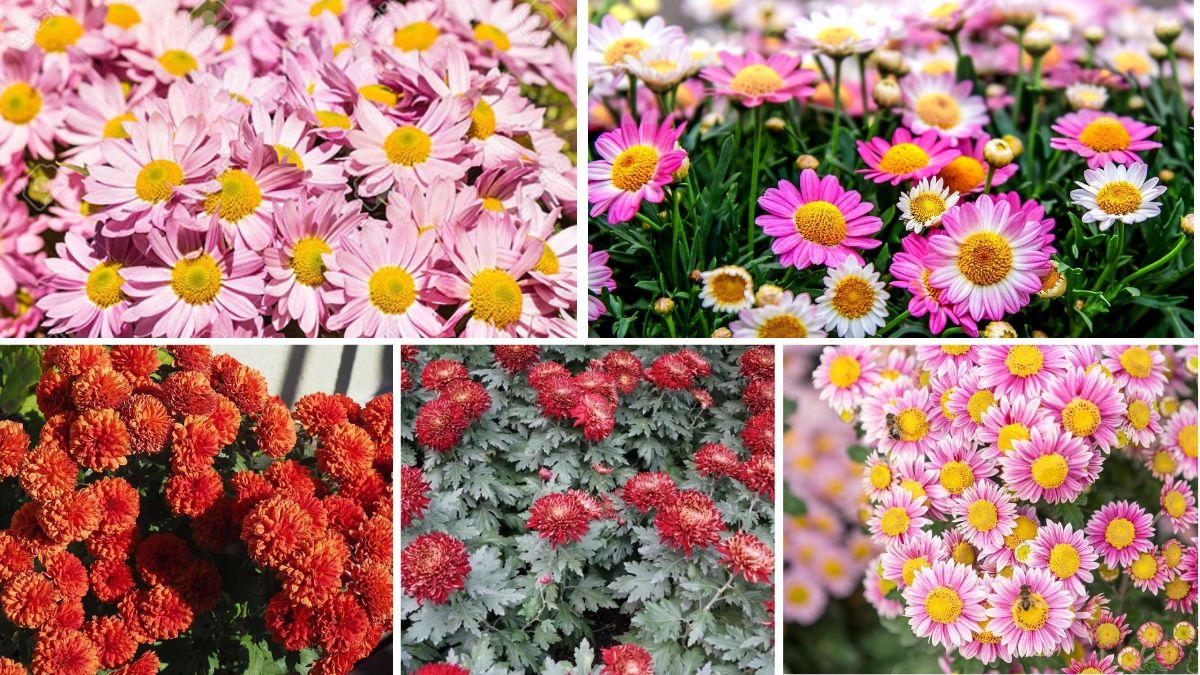





Leave A Comment